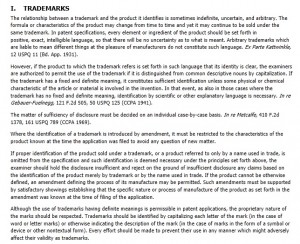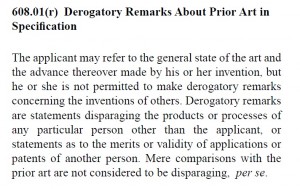There has been alot of comment recently about the fact that Fig. 5 from Google’s U.S. Patent Application 2013/0181936:
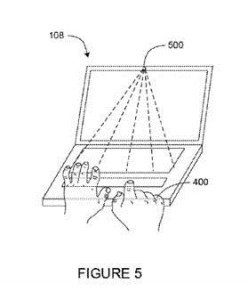
Fig. 5, US Patent Application No. 2013/0181936
looks alot like Fig. 12 from Apple’s U.S. Patent No. 8,089,233:
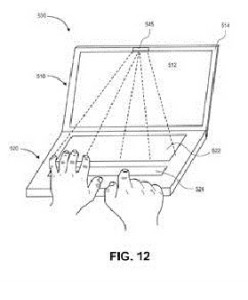
Fig. 12, US Patent No. 8,098,233
If one of these figures was copied from other, would this be copyright infringement?
37 CFR 1.71(d) alows a copyright or mask work notice to be placed in a design or utlity patent adjacent the material for which copyright or mark work protection is claimed. Inclusion of copryight notice is only permitted if the authoriziation of 37 CFR 1.171(e) is also included:
A portion of the disclosure of this patent document contains material which is subject to (copyright or mask work) protection. The (copyright or mask work) owner has no objection to the facsimile reproduction by anyone of the patent document or the patent disclosure, as it appears in the Patent and Trademark Office patent file or records, but otherwise reserves all (copyright or mask work) rights whatsoever.
37 CFR 1.84(c) permits copyright notice on patent drawings under the condidtions.
M.P.E.P. 608.01(v)(II) staes that:
The inclusion of a copyright or mask work notice in a design or utility patent application, and thereby any patent issuing therefrom, under the conditions set forth above will serve to protect the rights of the author/inventor, as well as the public, and will serve to promote the mission and goals of the U.S. Patent and Trademark Office. Therefore, the inclusion of a copyright or mask work notice which complies with these conditions will be permitted. However, any departure from these conditions may result in a refusal to permit the desired inclusion. If the authorization required under condition (C) above does not include the specific language “(t)he (copyright or mask work) owner has no objection to the facsimile reproduction by anyone of the patent document or the patent disclosure, as it appears in the Patent and Trademark Office patent files or records,…” the notice will be objected to as improper by the examiner of the application.
However, does the absence of copyright notice and authorization of 37 CFR 1.71(d),(e) dedicate the copyrighted material to the public? Copyright notice is not usually a prerequisite to copyright protection. The Berne Convention prohibits the imposition of formalities such as notice or registration as a prequisite to copyright protection. It would not seem that the U.S.P.T.O. could impose by implication from its regulations, a requirement of copyright notice as a prerequisite to copyright protection.
Whether or not copyright notice is a prerequisite to protection, it seems like a good idea, and U.S. Patent No. D687,048, which issued on July 30, 2013, illustrated how it can be done.
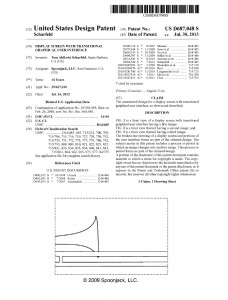
US Patent No. D687048

